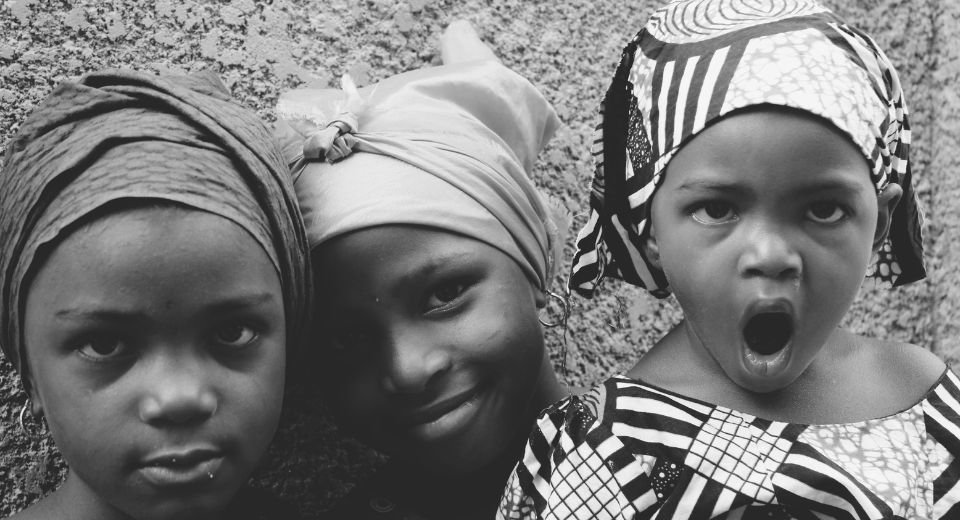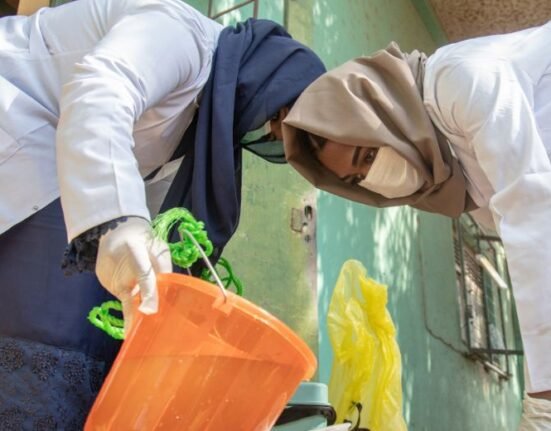HQ Team
March 13, 2024: The global mortality rate in children aged under five years has declined by 51% since 2000 and reached a historic low of 4.9 million in 2022, according to a UN report.
Several low and lower-middle-income countries have outpaced this decline, showing that progress is possible when resources are sufficiently allocated to primary health care, according to estimates released by the United Nations Inter-agency Group for Child Mortality Estimation.
Cambodia, Malawi, Mongolia, and Rwanda have reduced under-five mortality by more than 75% since 2000.
“But this is simply not enough,” said Dr Juan Pablo Uribe, Global Director for Health, Nutrition and Population, World Bank & Director, Global Financing Facility for Women, Children and Adolescents.
More investments
“We need to accelerate progress with more investments, collaboration and focus to end preventable child deaths and honour our global commitment. We owe it to all children to ensure they have access to the same health care and opportunities, regardless of where they are born.”
Nearly half of the 4.9 million lives lost before the age of five were newborns.
“The lives of another 2.1 million children and youth aged five-24 were also cut short.”
Most of these deaths occurred in sub-Saharan Africa and Southern Asia due to preventable or treatable causes. It includes preterm birth, complications around the time of birth, pneumonia, diarrhoea, and malaria.
At current rates, 59 countries will miss the Sustainable Development Goals under-five mortality target, and 64 countries will fall short of the newborn mortality goal.
An estimated 35 million children will die before reaching their fifth birthday by 2030—a death toll that will largely be borne by families in sub-Saharan Africa and Southern Asia or low- and lower-middle-income countries.
‘Devastating heartbreak’
“While there has been welcome progress, every year millions of families still suffer the devastating heartbreak of losing a child, often in the very first days after birth,” said WHO Director General, Dr Tedros Adhanom Ghebreyesus.
“Where a child is born should not dictate whether they live or die. It is critical to improve access to quality health services for every woman and child, including during emergencies and in remote areas.”
Improving access to quality health services and saving children’s lives from preventable deaths requires investment in education and jobs.
It also requires decent working conditions for health workers to deliver primary health care, including community health workers.
While the global numbers show signs of progress, some substantive threats and inequities jeopardise child survival in many parts of the world.
Protracted conflicts
These threats include increasing inequity and economic instability, new and protracted conflicts, the intensifying impact of climate change, and the fallout of Covid-19, which could lead to stagnation or even reversal of gains and the continued needless loss of children’s lives, according to the WHO data.
Children born into the poorest households were twice as likely to die before the age of five compared to the wealthiest households.
And, children living in fragile or conflict-affected settings are almost three times more likely to die before their fifth birthday than children elsewhere.








